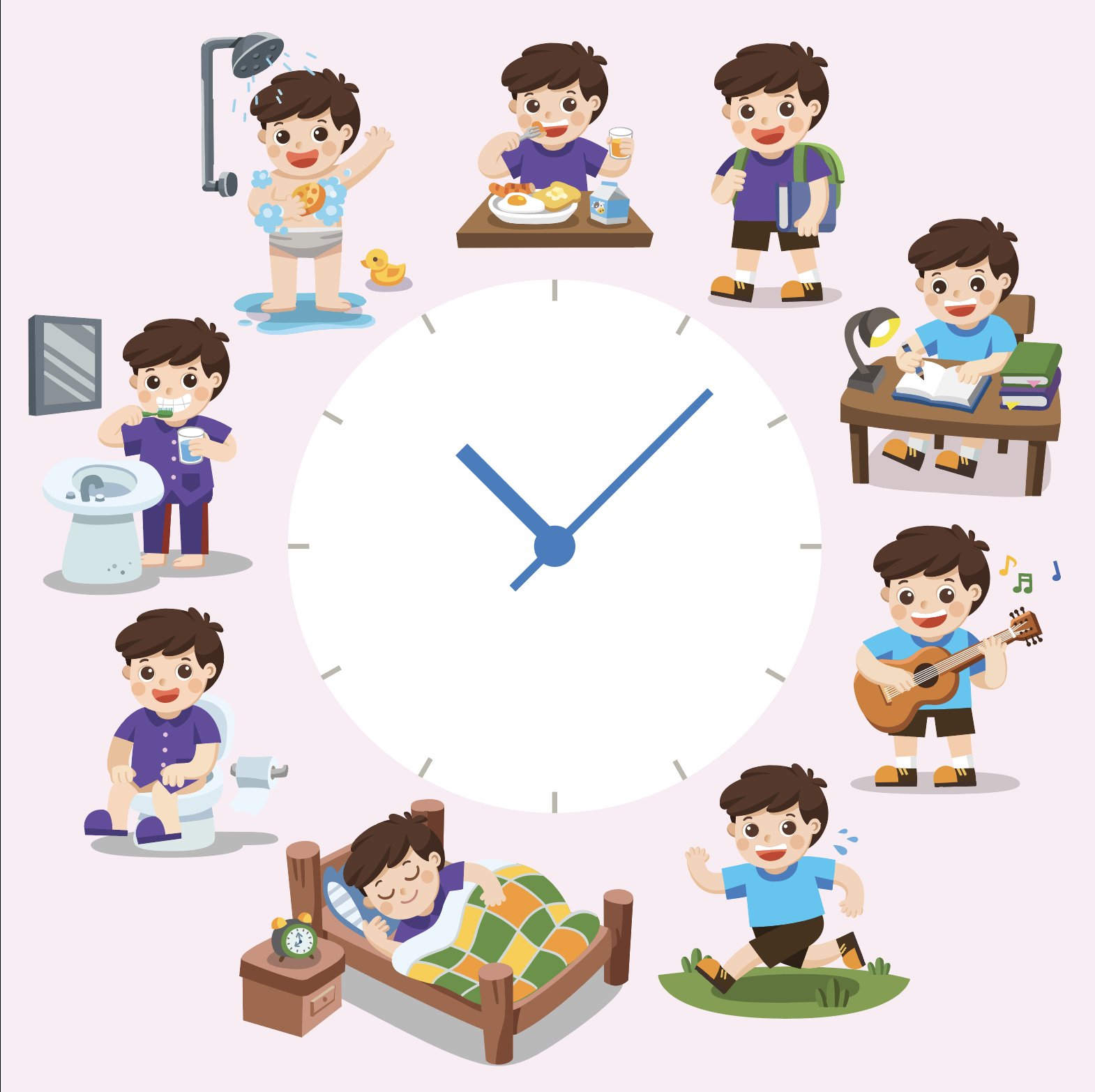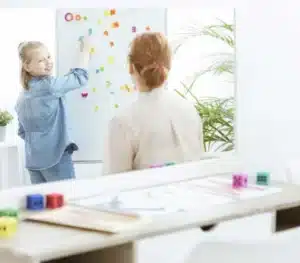By Christine Hemelians MS, OTR/L
Transitions, like preparing for bedtime, or switching from one activity to another, can be a common trigger for children with sensory processing challenges. Rather than view the child as difficult and inflexible, it’s important to understand the why.
Here are some challenges kiddos might be struggling with when they have to transition:
- Difficulty shifting their attention
- They’re fully immersed in their current activity; physically and cognitively.
- The unknown; not knowing what’s coming up next.
- They’re finally feeling stable in the current activity they’re participating in. Stability in the activity they’re engaged in can often provide a sense of security and safety.
Here are some common tips/ strategies that can help facilitate smoother transitions.
- Provide warnings & let your child know what’s coming: if you know that a certain transition is difficult for your child, then tell your child what’s planned. Visual schedules might be beneficial for older kids. Allow your child to be involved with the transition. For example: “It’s time to get ready for bed, what book would you like me to read to you tonight?”
- Consider the use of a visual timer or alarm: sometimes it’s easier for kids to have an auditory cue (alarm ringing) or a visual cue (clock) to signify the end of an activity. It’s provides a concrete end for kids. You can also allow kids to be involved in the process such as pressing “start” on the timer or helping you count down until the timer goes off.
- Use a transition object: have your child hold an object when it’s time to transition (it could be anything!). However, try to use the same object every time so that the child gets used to seeing the object and associating it with transitions. Weighted stuffed animals can be useful as they provide deep pressure input, which can be calming for children.
- Try to build a routine: this can be helpful with daily transitions (i.e. bedtime) so that it can provide clear expectations.
- Sing songs: songs, like singing “cleanup song” or “goodbye song” can be an effective tool to implement during your daily routine
Most importantly, be consistent. Using these strategies will allow your child to mentally prepare for upcoming tasks.




